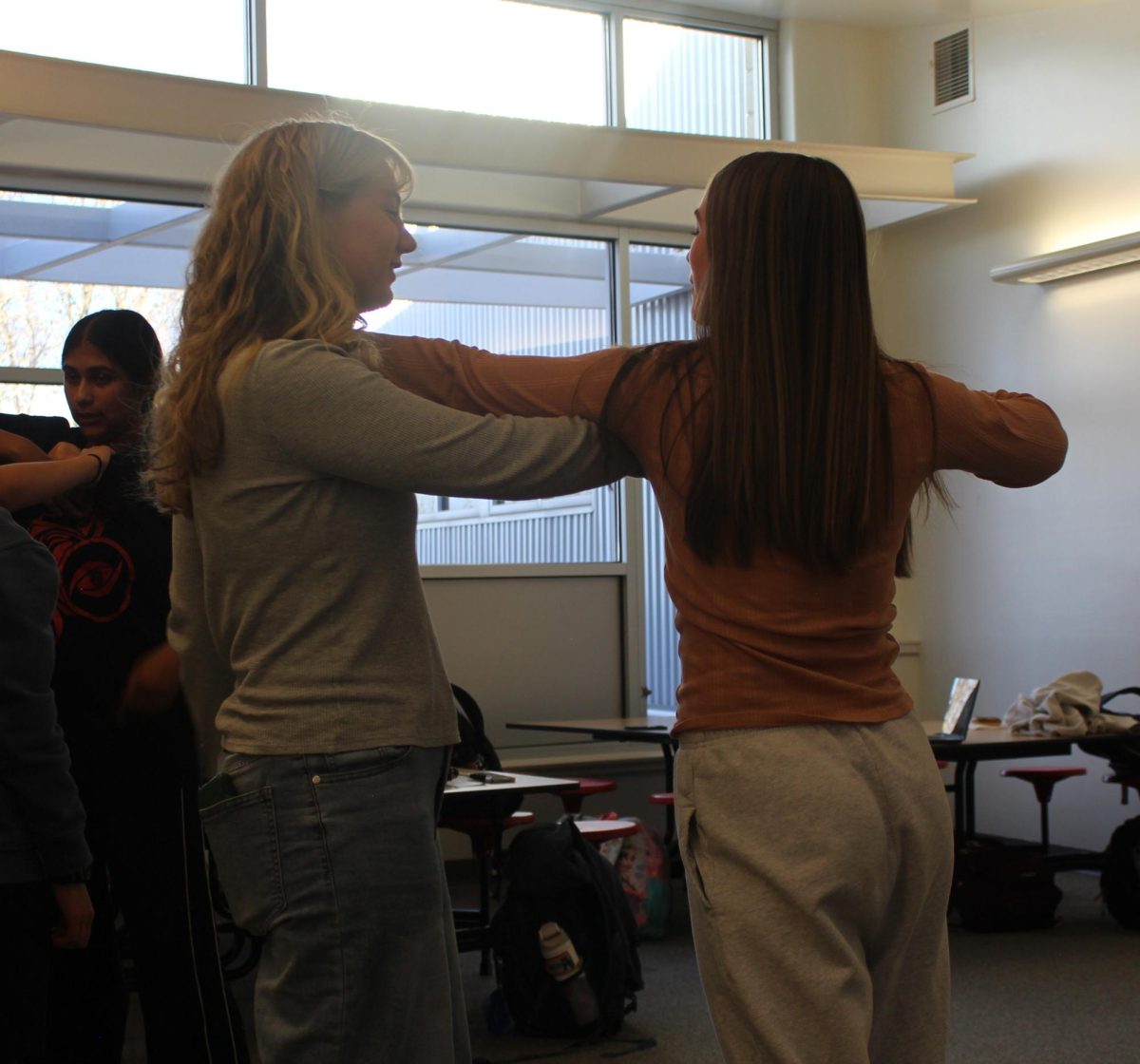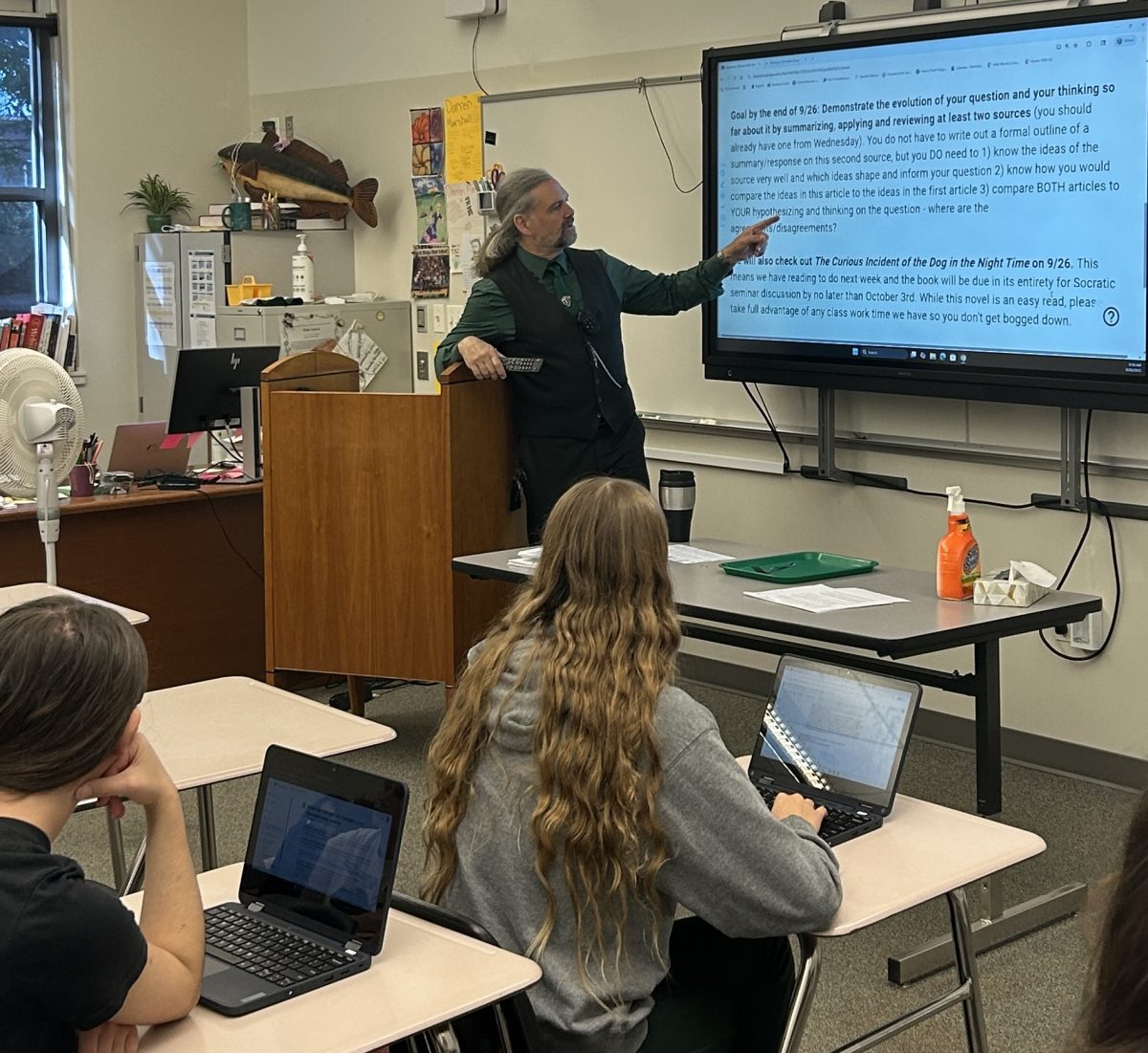
Within the past few years, students have become accustomed to changes in the annual standardized testing procedure. In about a six-year period, the state has moved from CSAP to TCAP to CMAS, and most recently to the PARCC tests. The biggest change of all came in December of 2015, when the Colorado Board of Education announced the switch from the ACT to the SAT. Changes in the standardized tests should even out in the following years, and once students understand the reasons for the changes, they may be more open to the tests.
Testing in the 2015-2016 school year goes as follows: juniors will still take the ACT, while sophomores will switch to the PSAT and freshmen will take the PARCC tests. In the 2016-2017 school year, all juniors will take the SAT. Students will still be able to take the ACT if they want to, but it will not be free, nor required. After the severe backlash to the PARCC testing in the 2014-2015 school year, the Board of Education decided to do away with the requirement for juniors and sophomores, so only freshmen will take the language arts and math PARCC tests.
Colorado, as a state, is being given more power in the education department as a trial from the federal government to see if the more flexible adjustments to testing improve students’ scores and learning. Richard Crandall, the Commissioner of Education, said, “The test needs to mean something to you.” Evident by all the protests and opt-outs last spring, the PARCC tests do not mean anything to students. The PARCC tests are, “too far removed from instruction.” The tests do not directly affect students’ grades or their college acceptances, so students do not want to take nearly eleven hours out of their school week to do something that has no real impact.
One of the main reasons the state is moving to the SAT is due to the College Board’s better alignment with state standards. It reflects Common Core math and language arts standards, especially after the ACT did away with their original essay writing section. By having juniors take the SAT, sophomores can take the PSAT and have a reliable way to mark their growth from one year to another. Results from the PSAT will also help teachers learn how to prepare their students for the next year.
Along with the PSAT comes the National Merit Scholarship. Students in their junior year of high school who score high enough to qualify receive a major college scholarship. The PSAT requirement allows students to get a feel for how well they can do on the test and prepares them for the scholarship opportunity. “Watch the number of National Merit Scholarship qualifiers in Colorado just skyrocket,” said Crandall. When students take the test knowing that the score does not really matter and they can try again the next year, it gives them more confidence when they are taking the test because they are not so worried about results. Taking the PSAT will leave sophomores feeling much more prepared for the SAT their junior year.
The SAT also has many more resources for test prep than the ACT. The College Board gives free practice tests, and the online learning tool Khan Academy has tutorials and interactive practice questions for the test. Now, students do not have to think about paying for expensive prep at places such as Kaplan just to do well on the test and have a better chance for getting into the college of their choice.
Colorado hopes to have results similar to Idaho’s in this matter. Idaho was the first state to make the permanent change from the ACT to the SAT and “never looked back.” The SAT is projected to be closer to classroom standards, help students better prepare for college, and allow for more scholarship opportunities, while the decline in other required testing will give students more time in the classroom and make them take the tests that do matter seriously.
[socialpoll id=”2340264″]




















